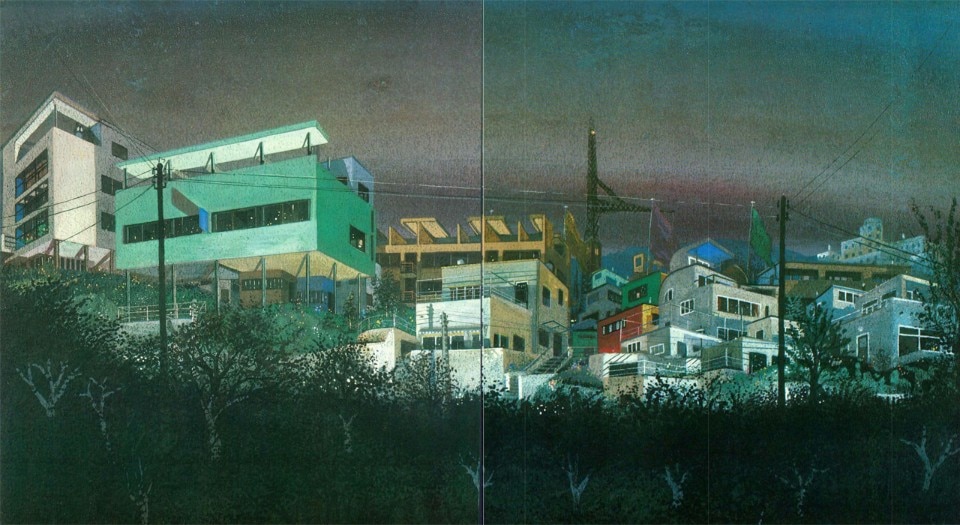Through the last hundred years, almost everything has been said and written about Bauhaus. This created a Bauhaus mythology, but also a certain stretching of its meaning. It is quite easy nowadays to hear about a Bauhaus style; even more probably, some automatic translator would be keen on translating Modern or Rationalist into Bauhaus, when it comes to German translations.
Now, let’s allow ourselves some pedantry and remind that Bauhaus is a school and not a style, so that we can actually talk about a Bauhaus thinking, or a Bauhaus system encompassing in one, totalizing design method different fields of arts and production. What can be defined as Bauhaus, in the end?
After a century of conceptual migrations of this word, it becomes interesting to go tracking its circulation inside and outside of the catalogue of its most famous and recognized masterpieces: in a word, it becomes interesting to leave in search of its legacy. Domusweb has undertaken a brief escapade between Bauhaus principles and their final destination, i.e. the realm of product, of production, both a physical and social place where such principles can be applied or denied. This escapade has lead across the Swabian provinces of Baden-Württemberg, a place that has embodied more than others the productive dimension of Germany, through the last two centuries at least.
The journey starts from Stuttgart, a city that, by the eve of Bauhaus, was hosting a massive progress in industrial production, promoted and controlled by a strong industrial bourgeoisie, and a great social progress: a coexistence that would make this city a relevant point in the Deutscher Werkbund network.
In such context, the dwelling would become one of the most relevant topics; the Werkbund decided to choose Stuttgart for its exhibition Die Wohnung, to be held in 1927, aiming to investigate the dwelling in terms of advanced concepts. Such concepts were meant to be shown as realized, built solutions, ready to integrate in the existing urban fabric: this was the principle for the foundation of the Weissenhofsiedlung.

A world-famous catalogue of Modern architecture, the Weissenhof is not a Bauhaus production: Bauhaus members realized some of the exhibition projects; some building and living solutions, some furniture design details, are drawn from Bauhaus principles; still, this show-city is something more than the mere emanation of a school. It is exactly that kind of an anthology of heterogeneous expressions showcasing the multiplicity of inputs that someway Bauhaus was putting in connection, thus setting the base for its critical fortune, from the status of progress spaceship landing in the traditional bourgeois city, to the symbolic role of laughing stock for repression (its houses represented as an Arabic village in 1928 postcards) to a final status of fetish for preservation, by the time of its recent restoration (1983-4).
Weissenhof, in the end, can perfectly express the spirit of a short but intense journey in search of the real legacy of Bauhaus; all the development phases of its mythology are illustrated by the pictures from Domus 4, 1981 and Domus 4,1984 completing this article.


















